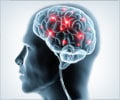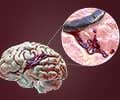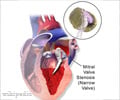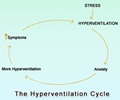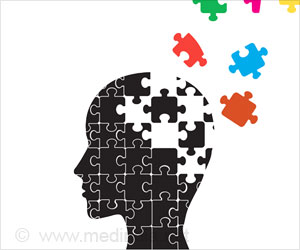Brain repair process after a stroke varies between genders, with women facing more challenges in recovery emphasizing the need for gender-specific treatment strategies.

Characterisation of GPR17-expressing oligodendrocyte precursors in human ischaemic lesions and correlation with reactive glial responses
Go to source). The researchers at the Department of Molecular Medicine at the University of Southern Denmark (SDU) studied unique tissue samples from Denmark’s Brain Bank located at SDU.
‘Severe #stroke can lead to permanent impairment in physical and mental functions. #brainhealth #bloodpressure #medindia
’





After an injury, the brain tries to repair the damaged nerve fibers by rebuilding the insulating layer called myelin. However, this repair process does not occur in all patients. They experience lasting damage to their physical and mental functions. Mapping Brain Repair After Damage
The researchers have thus focused on how inflammatory conditions hinder rebuilding. The study has identified a particular type of cell in the brain that plays a key role in this process. These cells work to rebuild myelin, but inflammatory conditions often block their efforts.Using the brain collection, we can precisely map which areas of the brain are most active in the repair process, explains Professor Kate Lykke Lambertsen. This mapping has enabled researchers to analyze tissue samples from Denmark's Brain Bank and gain a deeper understanding of the mechanisms that control the brain's ability to heal itself.
Through advanced staining techniques, known as immunohistochemistry, the researchers have been able to detect specific cells that play a central role in the reconstruction of myelin in the damaged areas of the brain.
The samples were analyzed to distinguish between different areas of the brain, including the infarct core (the most damaged area), the peri-infarct area (surrounding tissue where rebuilding is active), and tissue that appears unaffected.
Advertisement
Why Stroke Recovery Differs for Men and Women
The analysis provided insight into where repair cells accumulate and how their activity varies depending on gender and time since the stroke. An interesting discovery in the study is that women’s and men’s brains react differently to injuries. The differences underscore the importance of future treatments being more targeted and taking into account the patient's gender and individual needs, says Kate Lykke Lambertsen.In women, it seems that inflammatory conditions can prevent cells from repairing damage, while men can initiate the repair process slightly better. This difference may explain why women often experience greater difficulties after a stroke.
Reference:
- Characterisation of GPR17-expressing oligodendrocyte precursors in human ischaemic lesions and correlation with reactive glial responses - (https://pathsocjournals.onlinelibrary.wiley.com/doi/10.1002/path.6381)
Source-Eurekalert

